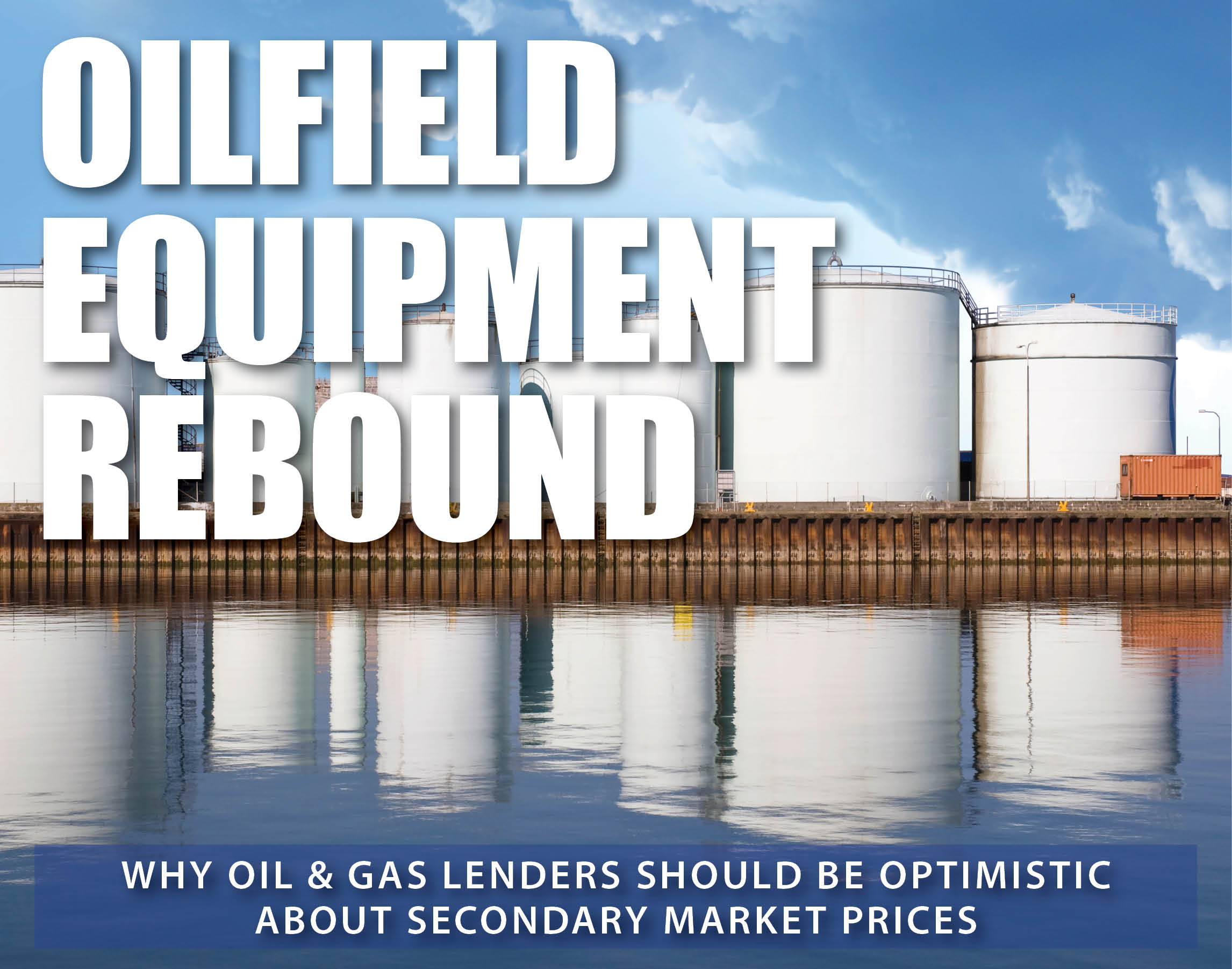
Oilfield Equipment Prices Poised for Comeback
By: Chad Farrell
The oil-and-gas business took a huge hit during the COVID-19 lockdowns, with the price of West Texas Intermediate crude oil dropping into negative territory for the first time in history.
But while Americans continue to pay high gas prices, the rapid rebound of the oil-and-gas sector has not yet translated into dramatic price increases for secondary-market oilfield equipment.
The total count of active rigs in the United States is a good bellwether for the decrease in exploration and production (E&P) during the pandemic as well as the subsequent rebound. According to data from energy services firm Baker Hughes Co., back in August 2020 just 250 rigs were active in the country. While more recent rig-count totals—around 760 as of mid-August—are closer to normal, they still fall short of the pre-pandemic total of 804 rigs at the end of 2019.
How have equipment price increases remained so modest despite the global disruption in the oil-and-gas supply? There are four main reasons:
- Inadequate investment capital
- Excessive regulation
- Ongoing labor shortages
- Continued (but temporary) oversupply of secondary-market equipment
Oil has always been a boom-and-bust business, but today’s lenders are more reluctant to lend into this space than they were in earlier eras, such as the beginning of the fracking boom in the mid-2000s.
In addition to lenders’ concerns about market volatility, they have seen regulations and legal battles threaten the viability of high-profile projects such as the 1,170-mile Dakota Access Pipeline, with major implications for oil-and-gas companies. Some lenders have also been disappointed by the long-term performance of fracking companies. Simply put, it is a tougher business these days.
Meanwhile, the labor shortage has taken a toll on the energy sector. By some estimates, during 2020 the oilfield business lost nearly a quarter of its skilled workers. There are now major questions about the availability of these workers because many “roughnecks” appear to have grown weary of the boom-and-bust dynamics, as well as demands of the job that can include spending long stretches of time away from their families.
“The greatest threat to the U.S.’ ability to ramp up production this year could be an absence of workers who know how to do the job,” opines Oil & Gas Investor.
Lastly, numerous oilfield services companies of all sizes, including those worth billions of dollars, filed for Chapter 11 bankruptcy protection in 2020 and 2021, with total debt exceeding $55 billion. As a result, the secondary market was flooded with oilfield equipment. Tiger and other companies continue to liquidate drilling equipment, trucks, mud pumps, rigs and other inventory related to those bankruptcies. While this creates downward pressure on prices, these sales will not continue forever. Pricing, as always, will stabilize with time.
Positive Trajectory
Lenders have good reason to be optimistic about the oil-and-gas business. The energy crunch is easing a bit, but global drilling incentives are strong and will likely increase with the onset of the European winter. And according to financial services firm Cowen & Co., U.S. E&P spending is expected to increase by approximately 30 percent in 2022 over 2021.
Stateside, the just-passed climate bill could lock in years of additional leasing—both onshore and offshore—to oil-and-gas companies. Provisions in the legislation require the government to hold oil and gas lease sales whenever it leases federal territory for renewable energy. “Additionally,” reports E&E news, “the bill would reinstate an oil sale vacated last year by a federal judge and order the administration to hold three other offshore oil sales that it had canceled, kneecapping the Interior Department’s ability to thwart new offshore leasing in a five-year oil and gas plan currently under consideration.”
Rebound Potential
Tiger is seeing prices for oilfield equipment trend higher. If demand for oil and natural gas continues to be robust, the industry is likely to see more small and medium-size companies jump back into the arena.
These companies will need specialized equipment to launch or restart operations. Brand-new inventory may not be an option, either because it is too costly or simply unavailable from the supply chain. Many manufacturers of pipe and OCTG (oil country tubular goods), for example, are still waiting to crank up their mills. The dearth of available pipe is a key reason Tiger has sold nearly 400,000 feet of line pipe and OCTG in just over the past few months.
If the world keeps clamoring for non-Russian sources of oil and gas—such as liquified natural gas from the United States and Canada—borrowers will require plenty of investment capital as they seek to meet that rising global demand. Lenders should continue to monitor the oil-and-gas sector for emerging opportunities. The potential is there.
This article appears in ABL Advisor.
 | Chad FarrellManaging Director | Tiger Commercial & IndustrialE: cfarrell@tigergroup.comChad Farrell, Managing Director of Tiger Commercial & Industrial, has sold more than $1 billion of surplus and distressed assets in the energy, transportation, construction, manufacturing, mining, metals and retail sectors. |



